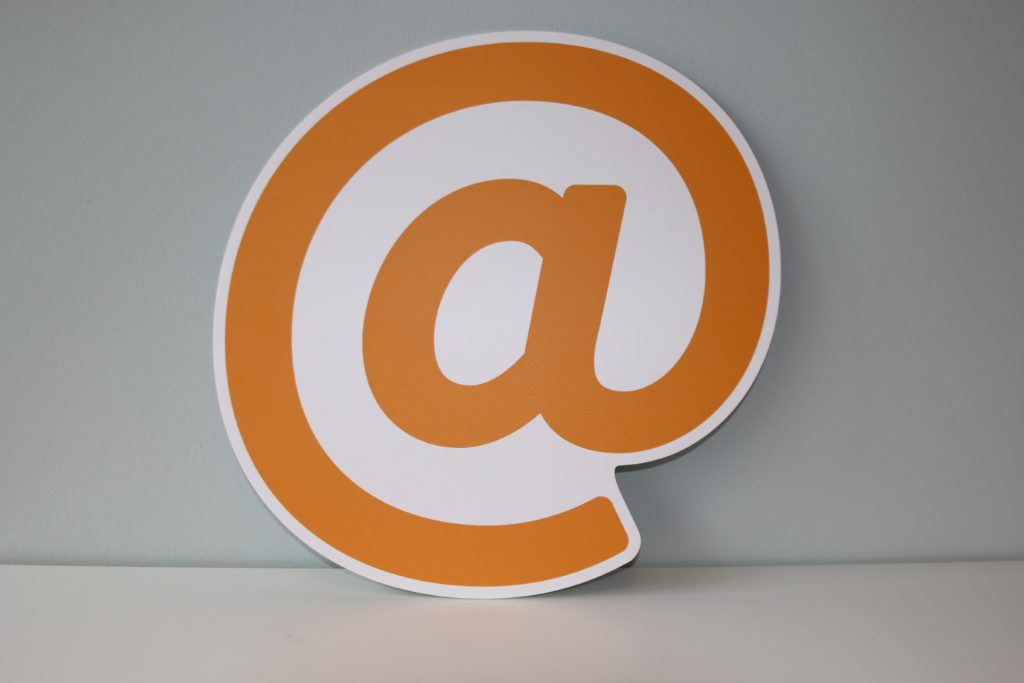Email is such a common, everyday tool that we sometimes take it for granted. To give email the credit it deserves, and help you recognise how vital it is to your business, here’s the MailCleaner team with a little insight into how email revolutionised professional communication.
A brief history of email
Email’s first incarnation dates back to 1965, when students at the Massachusetts Institute of Technology could leave messages for each other to see.
In 1969, the US Department of Defense introduced a network which allowed computers to communicate. It proved very useful, so people wanted to work out how to communicate with anyone, anywhere via email. This is (partly) where the internet sprang from!
What’s it got to do with business?
Email was always about business – it was created to serve a purpose and be useful.
When smartphones became popular, business emailing boomed. Their portable and accessible nature made email inescapable. It became the easiest and quickest communication method among professionals, as their emails were quite literally to hand 24/7.
Email has forever reshaped how businesses work – sharing information has gone from a slow, unreliable process to a speedy one centred around convenience and engagement. Now, around 124.5 billion business emails are received and sent daily. The figures say it all: in business communication, email reigns supreme.
Why is email so useful?
Internal communications
Email has transformed how colleagues communicate. The ability to send attachments, and create groups, makes collaboration easier both in and out of the office.
No more waiting for a call or face-to-face meeting; email discussions fit into most schedules, making it more likely to happen (and quickly). People can refer back to emails, so no time-consuming repetition is necessary.
Email also allows for more spread-out and diverse teams, e.g. by expanding to international level or allowing flexible working – which was invaluable during coronavirus restrictions.
Marketing
Email also changed interaction with clients and other businesses, as it makes marketing, admin, and logistics far easier.
Email marketing can directly advertise products and services, or teach audiences about your brand and retain engagement. Customers can also set email communication preferences, which often increases receptivity.
Ultimately, thanks to email, businesses can target specific audiences, send tailored and interactive content, and expand their outreach – all of which can increase revenue and brand awareness/recognition.
Spam
The popularity of email marketing created a spam problem, and recipients began filtering their inboxes to weed out nuisance emails. So, businesses revamped their marketing strategies so that their content wasn’t filtered out.
Approximately half of all emails are now spam. These can overwhelm your inbox and cause several other issues, unless you install anti-spam software. If you’ve got a spam problem, or want to prevent one, get in touch with MailCleaner today to discuss our anti-spam solutions.
